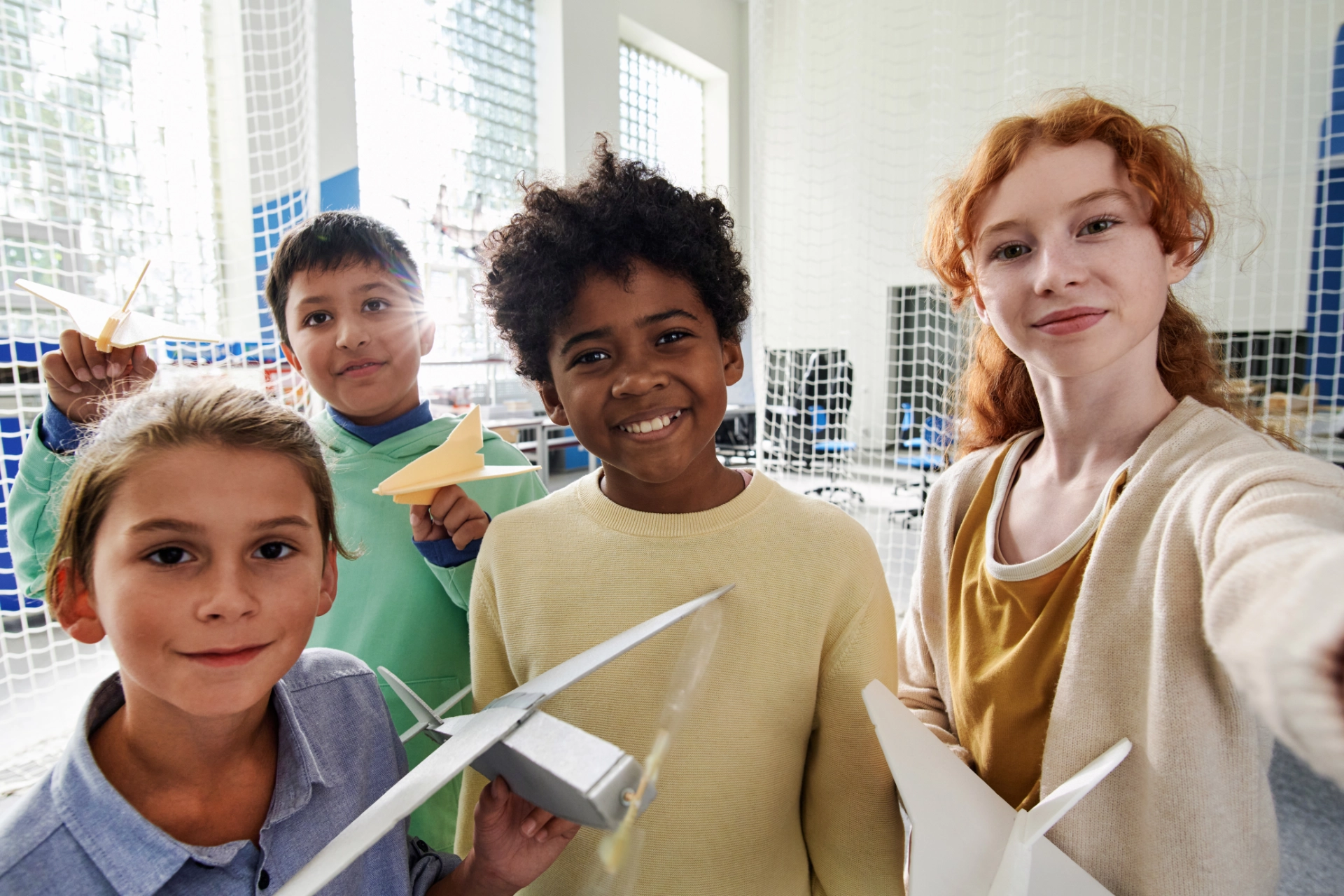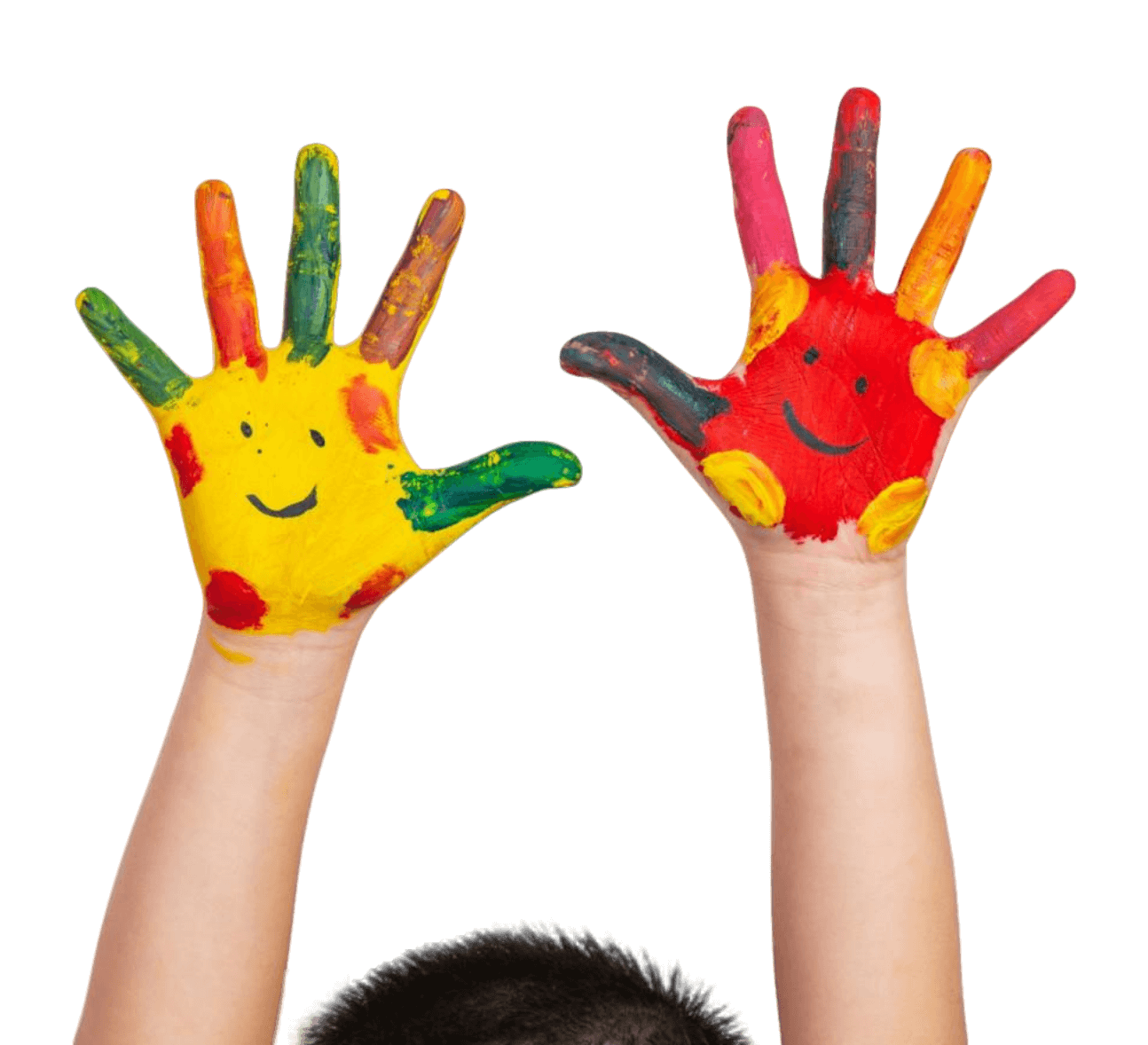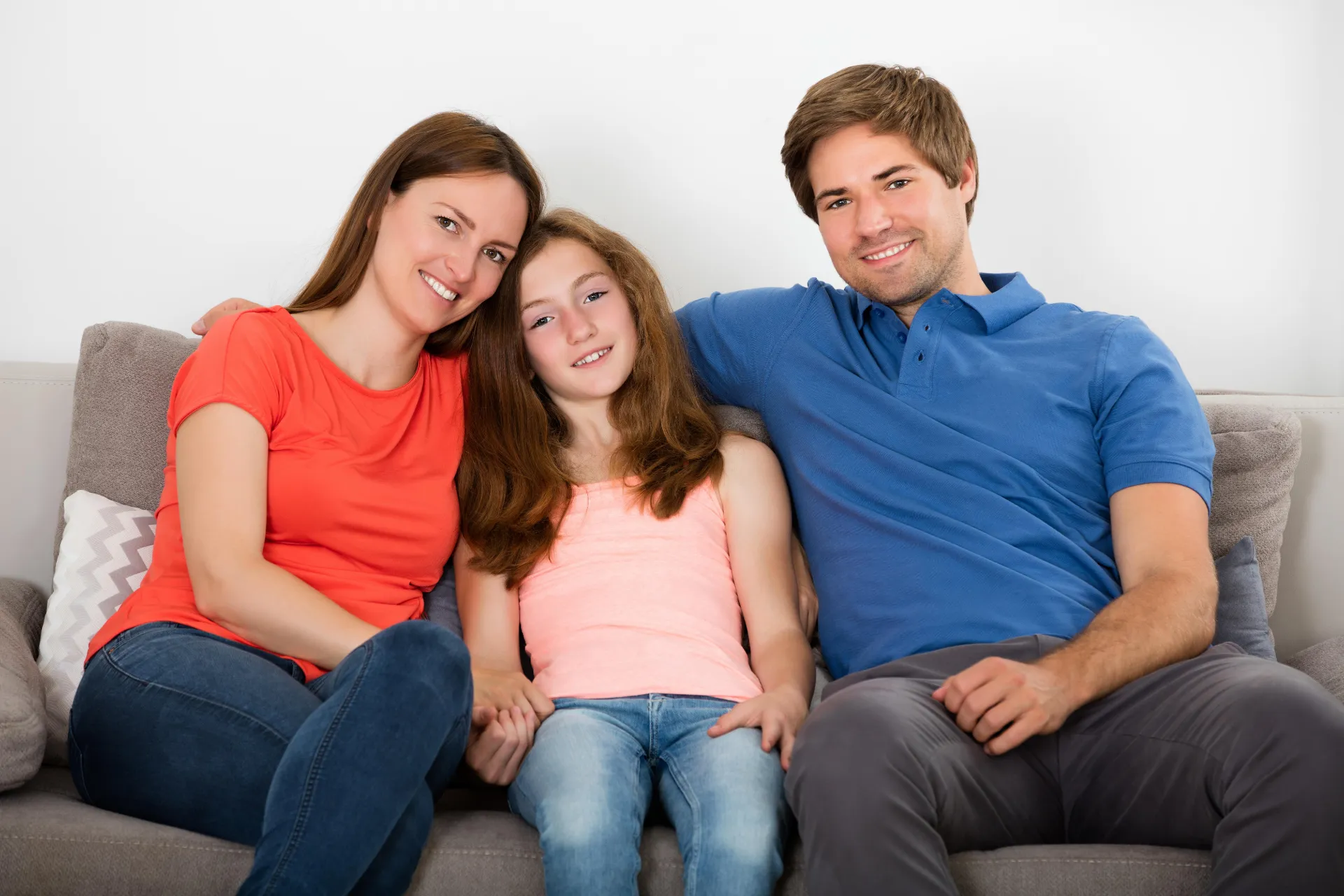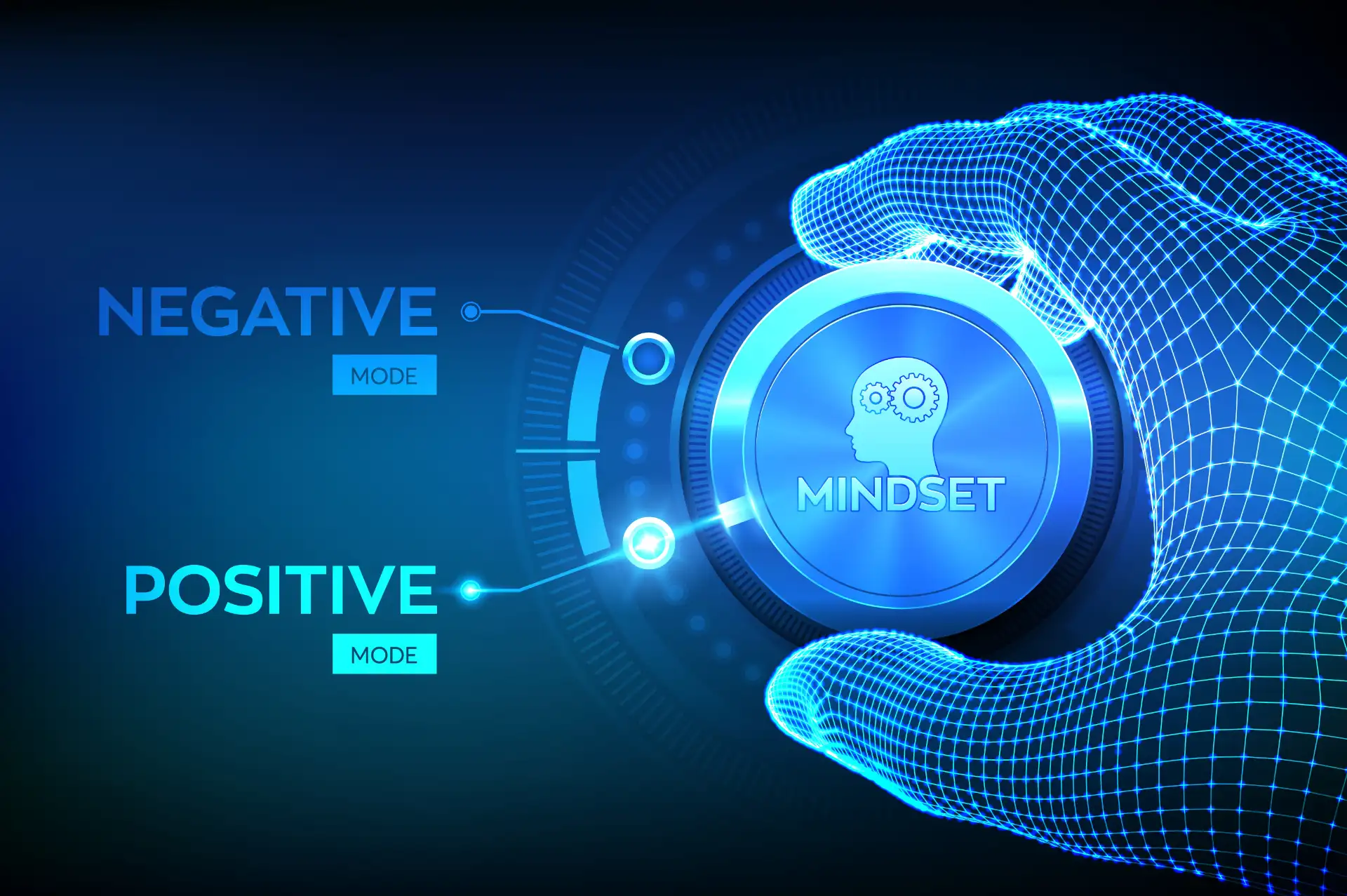

Learning Styles

Learning Styles
Understanding the diverse learning styles in teens is essential for fostering effective education and personal growth. Teens typically exhibit a variety of learning preferences, including visual, auditory, and kinesthetic styles.
Visual learners grasp information best when it is presented through images, diagrams, and written instructions. Auditory learners benefit from listening to explanations, discussions, and verbal instructions. Kinesthetic learners, on the other hand, thrive through hands-on activities and physical movement, absorbing information best when they can engage directly with the material.
Additionally, many teens may exhibit a combination of these learning styles, so a balanced approach that incorporates visual aids, auditory elements, and interactive activities can be highly effective. By acknowledging and addressing these individual learning preferences, educators and guardians can create supportive environments that promote better understanding, retention, and application of knowledge, ultimately contributing to a teen’s overall development and success.
VARK Questionnaire
This test categorizes learners into Visual, Auditory, Reading/Writing, and Kinesthetic styles. It provides questions that help determine which learning modality suits them best.
Learning Styles Inventory by Barbara Solomon and Richard Felder:
This questionnaire helps students identify their learning preferences, which can be useful for optimizing study habits and improving academic performance.
Join us at Shiny Paths, and let's embark on a journey towards unlocking your child's full potential.
Share this post :

Veronica Romero
Shiny Paths
Coach



